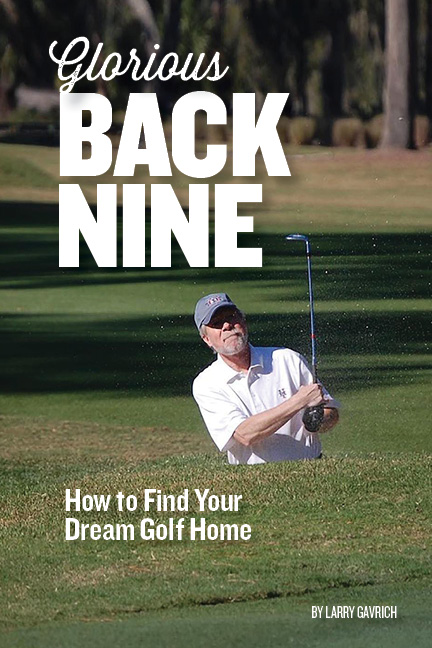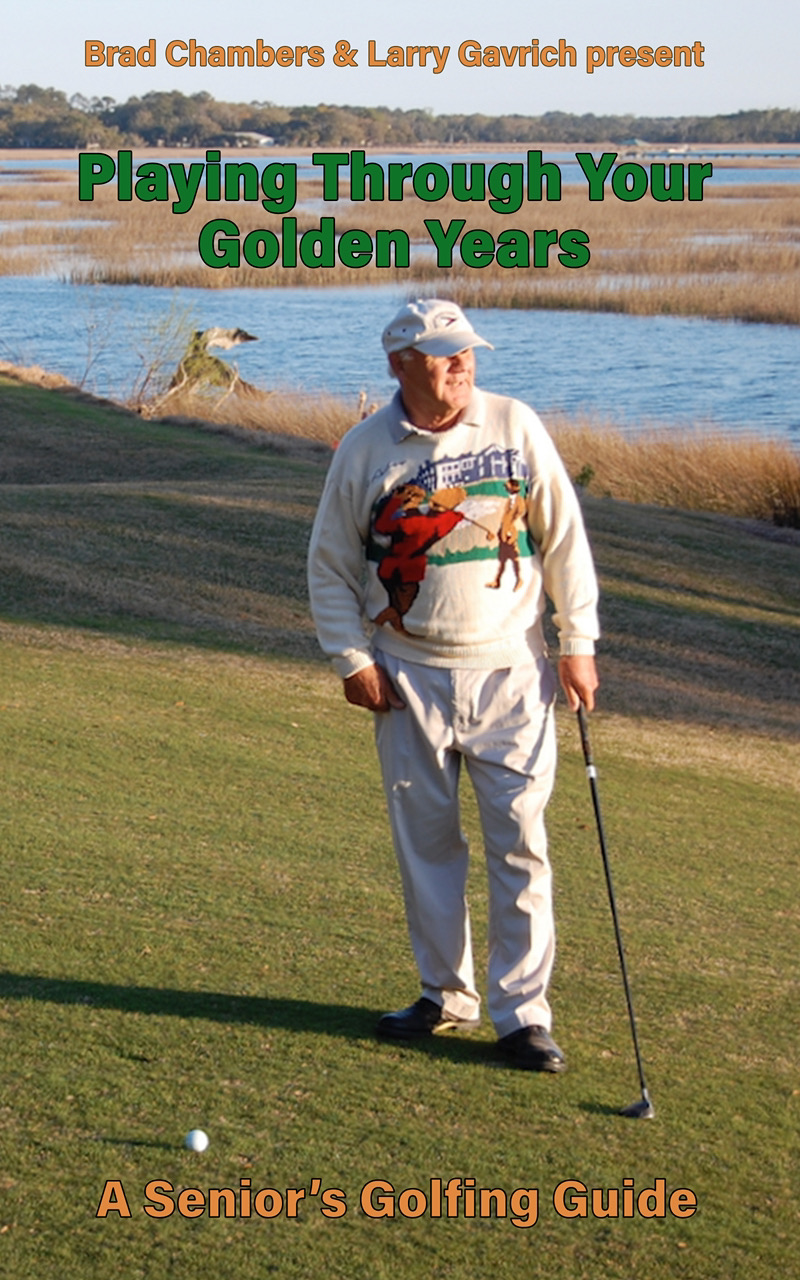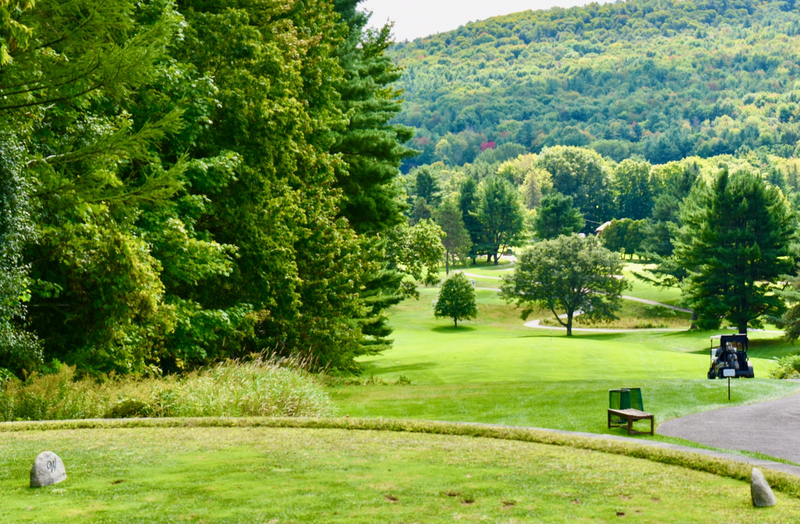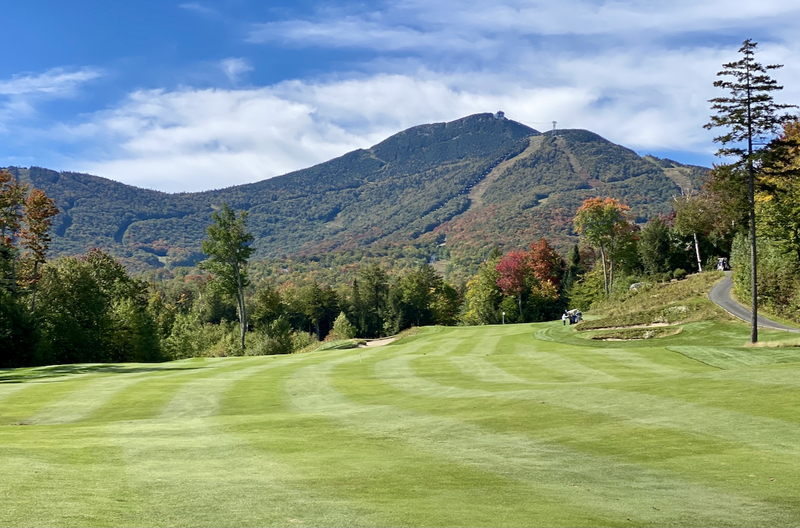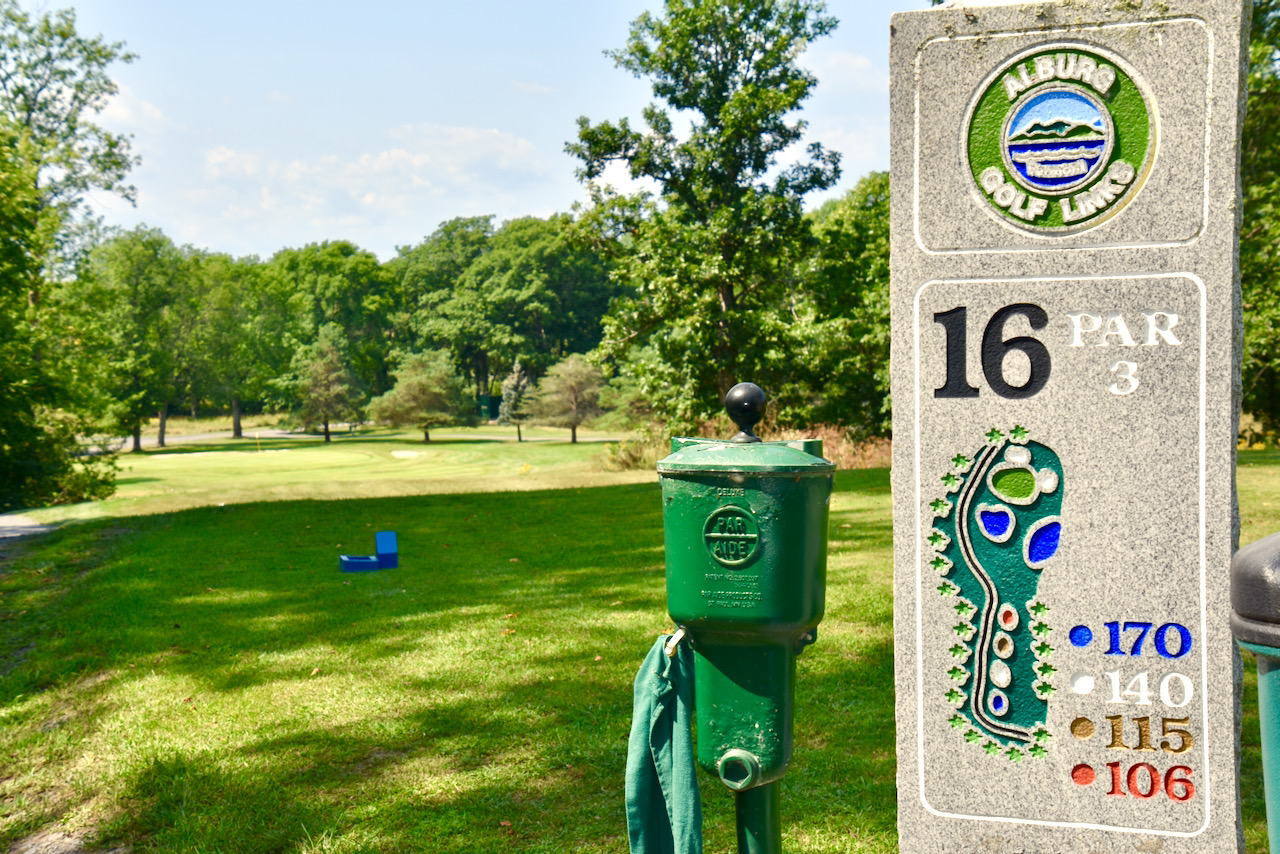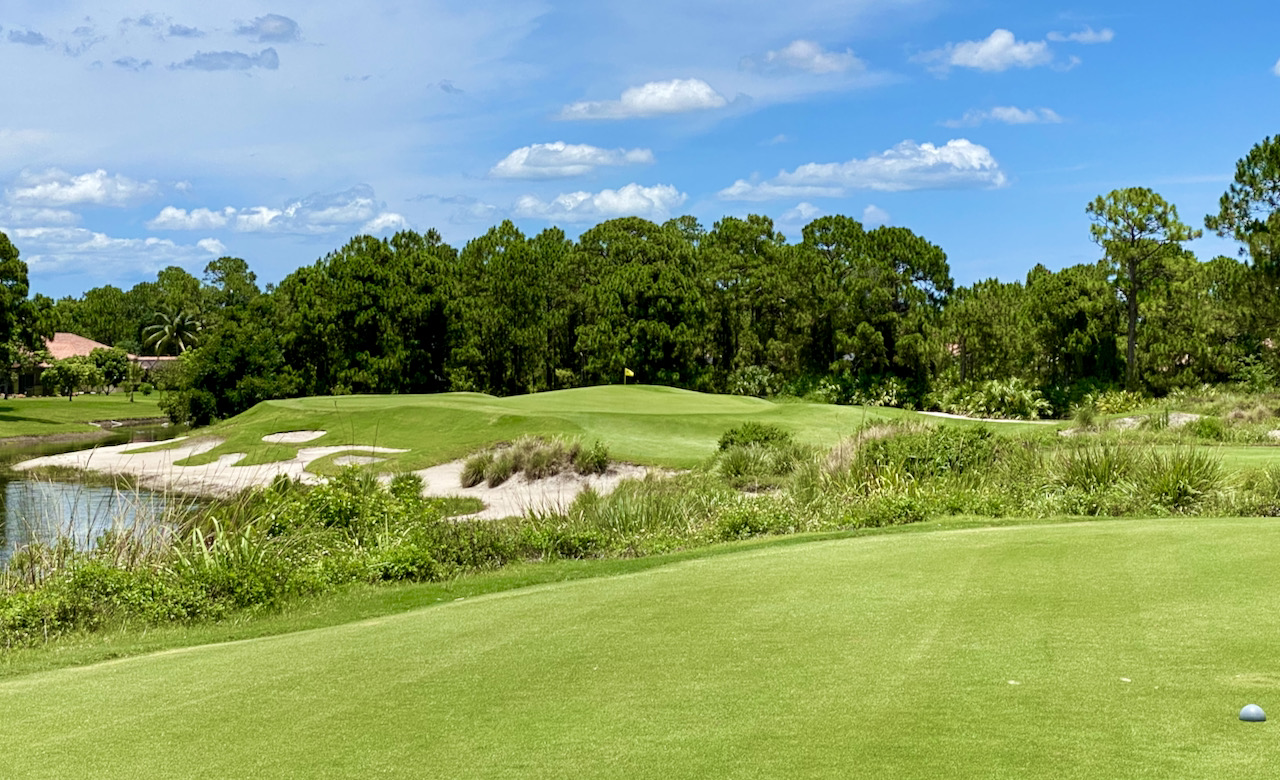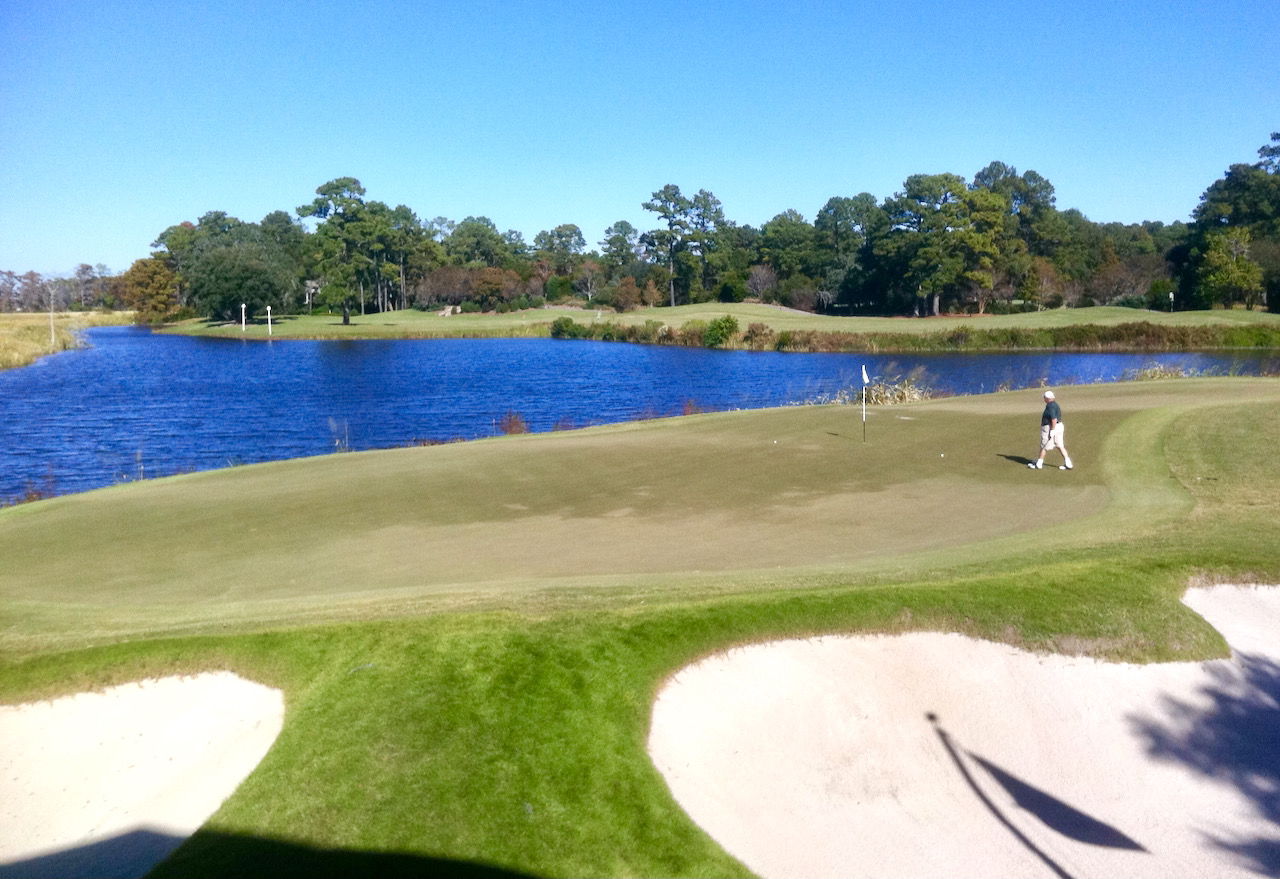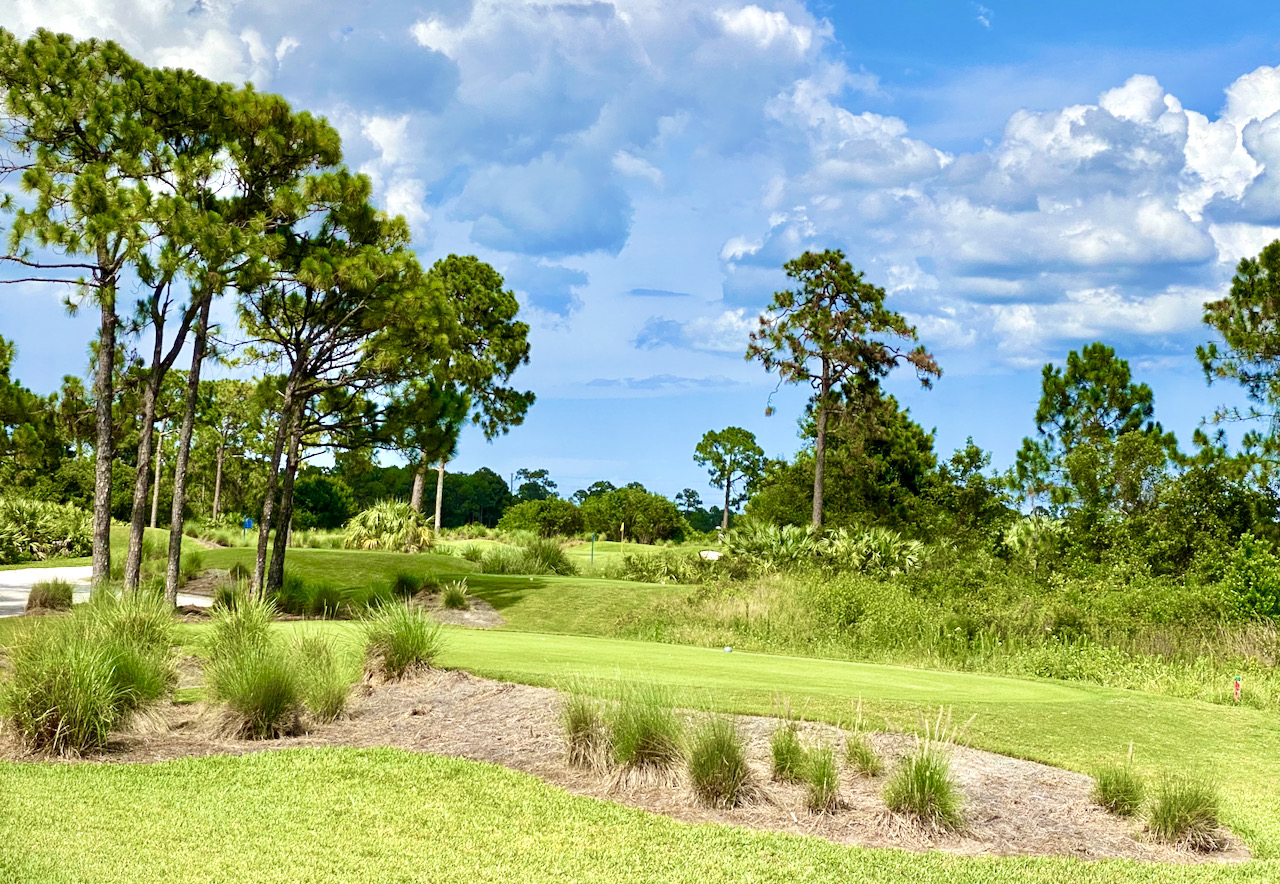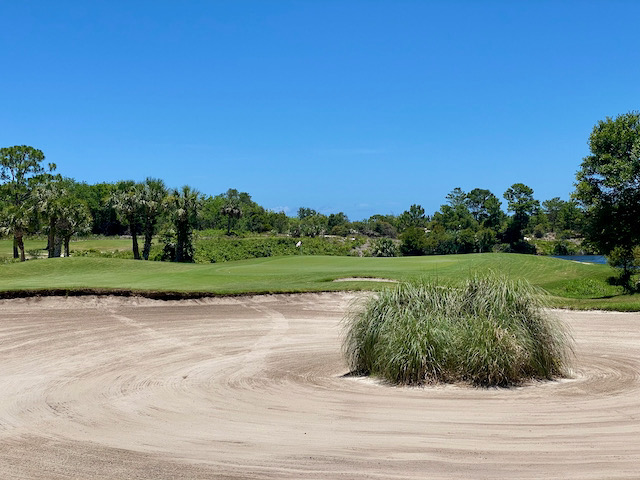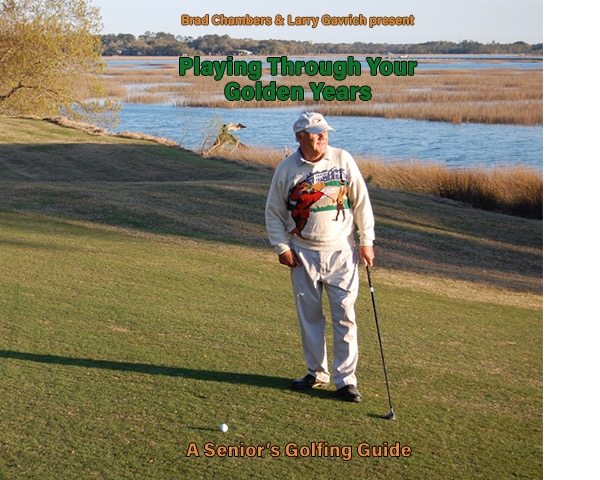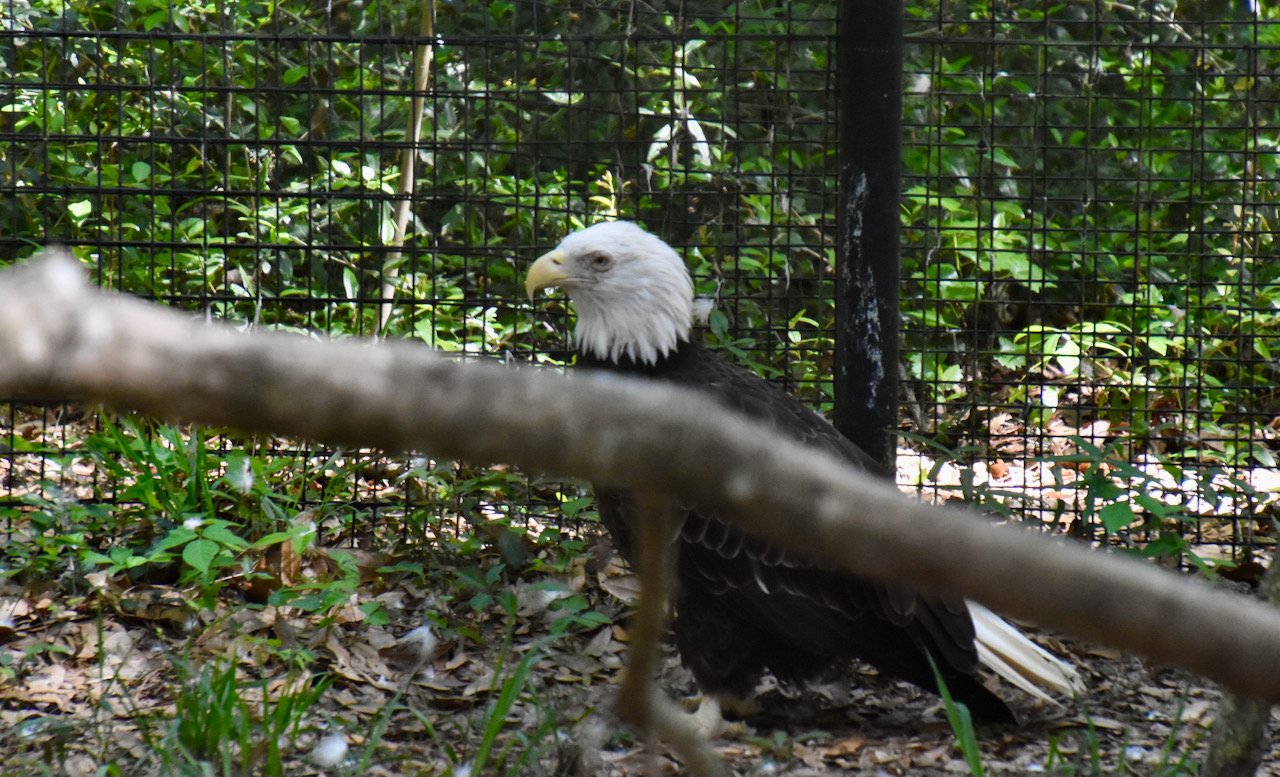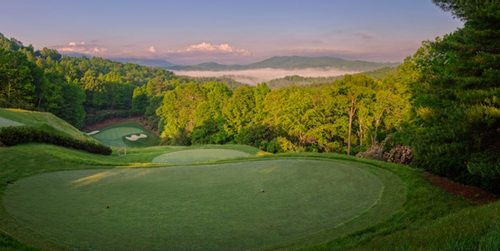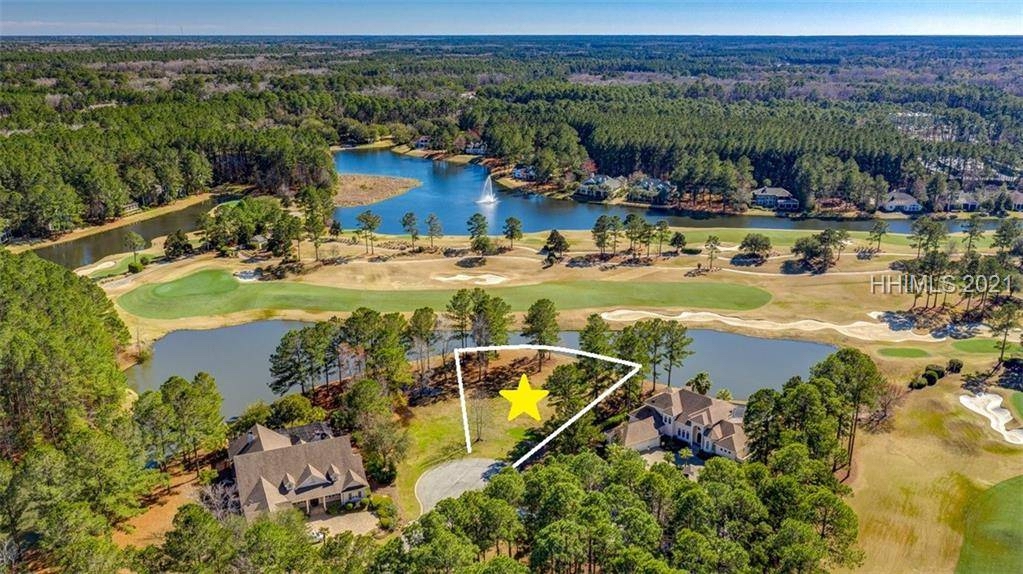This is the time of year that the North Carolina and South Carolina Golf Ratings Panels count up the votes of their members and publish the lists of the best courses in their respective states. This year, the North Carolina panel published both the top overall 100 courses and the Top 50 Courses You Can Play (that is, accessible to the public). The South Carolina panel published its top 31 courses you can play. (A tie caused the odd number.)
Since the best golf community courses tend to be private, this year’s South Carolina list of accessible courses features only semi-private courses; these clubs provide memberships but also are open to the public on a daily fee basis. The South Carolina rankings are broken down by region, with one course anointed tops in each region.
In the Upstate Region, two college-affiliated courses take top honors, The Furman Golf Club in Greenville, and The Walker Course at Clemson University in the town of the same name. In a way, these golf courses reflect their locations: Furman is more a classic layout near an established, popular and sophisticated city; and The Walker Course is a more modern and youthful design in a smaller town dominated by a big university.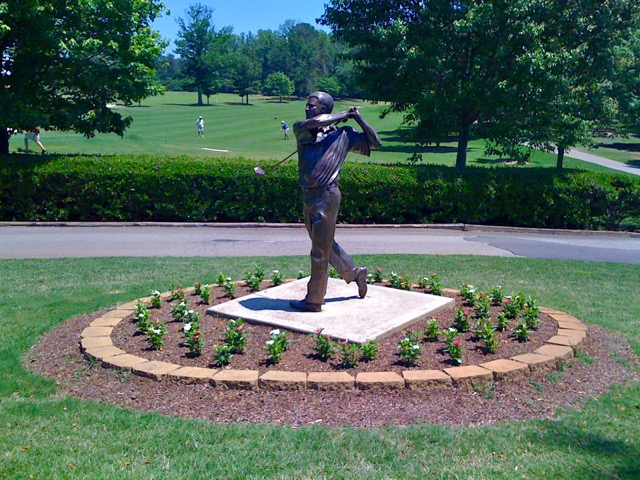 Outside the clubhouse at the Furman University Golf Club.
Outside the clubhouse at the Furman University Golf Club.
Apparently, there wasn’t much to choose in the Midlands Region given only two clubs made the top 31, and one of them, Mount Vintage Plantation, was in receivership the last two years. (I am reaching out to local contacts to get an update on the community and its golf course.) The other, Orangeburg Country Club, is a classic layout with a long and challenging finishing hole, one of the best in the state. Expect a wonderful day on the course if you visit, as well as an enthusiastic, friendly and helpful group of staff members.
Kiawah Island, of course, is famous for Pete Dye’s masterpiece, the Ocean Course. It is rated the top layout in the Low Country/Charleston area. Three other clubs on Kiawah -– Turtle Point, Cougar Point and Osprey Point –- also made the Charleston area list, although you will have to wait until October to play Gary Player’s Cougar Point, which is undergoing renovations. Just south of Kiawah, the Crooked Oaks and Ocean Winds courses at Seabrook Island both made the list, although you must rent a home from a Seabrook member in order to gain access to the private courses. Tom Fazio’s first solo layout, the Links Course at Wild Dunes on the Isle of Palms, was the other course to make the Charleston area list. It is notable for its finishing holes on the Atlantic Ocean.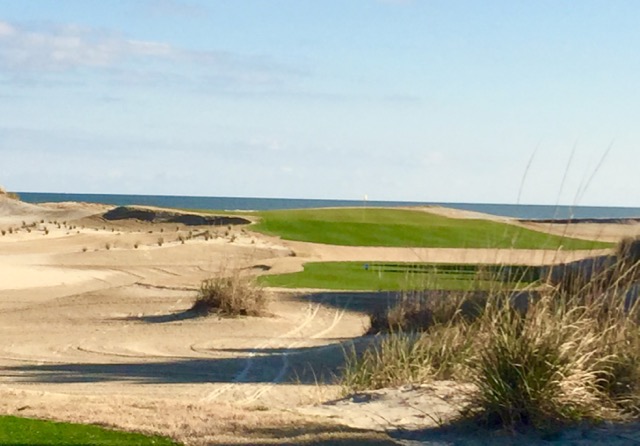 The finishing holes at Wild Dunes on the Isle of Palms provide plenty of great views as well as wind gusts.
The finishing holes at Wild Dunes on the Isle of Palms provide plenty of great views as well as wind gusts.
The Low Country Region designation is also applied to the area near Hilton Head where Harbour Town Links at Sea Pines rules the roost. The Heritage Invitational on the PGA Tour made a stop at the course last weekend and it looked as fine as I remember it a few years ago. The totally redone Sea Pines Heron Point course, a Pete Dye layout, also made the list, as did the three courses at Palmetto Dunes Resort on Hilton Head. Notably, the only off-island course included on the Hilton Head area list was May River Golf Club at Palmetto Bluff in Bluffton, one of Jack Nicklaus’ finest layouts and a top five course in the entire state. It is expensive -- $215 in summer, more in the peak seasons, and caddies or forecaddies with cart are mandatory –- but it is worth saving up for.
Not surprisingly, the region with the most entries on the rankings list is the Grand Strand, the area that stretches from Brunswick County in North Carolina 90 miles southward to Georgetown, SC. The late Mike Strantz’ masterpiece, Caledonia Golf & Fish Club, tops the regional list, but the other notables are almost as strong and include Caledonia’s sister course, True Blue, and the other Pawleys Island entries of Heritage Golf Club, Pawleys Plantation and TPC Myrtle Beach, located in Murrells Inlet. Farther north, the Grande Dunes Resort Course beside the Intracoastal Waterway, Prestwick Country Club, Robert Trent Jones’ Dunes Golf and Beach Club and Pine Lakes International, the oldest course in Myrtle Beach (circa 1927), provide loads of options for those staying in the most active part of the Strand. Close to the border with North Carolina, Tidewater Golf Club and Plantation doesn’t have the well-known designer label (Ken Tomlinson) but golf raters and vacationers alike know it to be one of the best of the 100 courses in the area.
For the South Carolina Golf Panel rankings, click here. If you are interested in more information on homes beside or nearby any of these top-rated country clubs, pleae contact me.
Next: The Top Golf Courses in North Carolina
 The finishing hole at Duke University golf club, framed by the Washington Duke Inn.
The finishing hole at Duke University golf club, framed by the Washington Duke Inn.






